Inside The New York Botanical Garden
Morning Eye Candy
Posted in Around the Garden, Photography on June 13 2012, by Matt Newman
There’s Ladies’ Border beauty on deck this morning. While “Ithuriel’s Spear” (wonderfully pretentious Milton reference, pleasantly humble flower) is a triple lily native to California and parts of Oregon, it’s just as content to settle down in our little plot alongside the Conservatory. There’s so much expat elegance growing along the Border right about now.
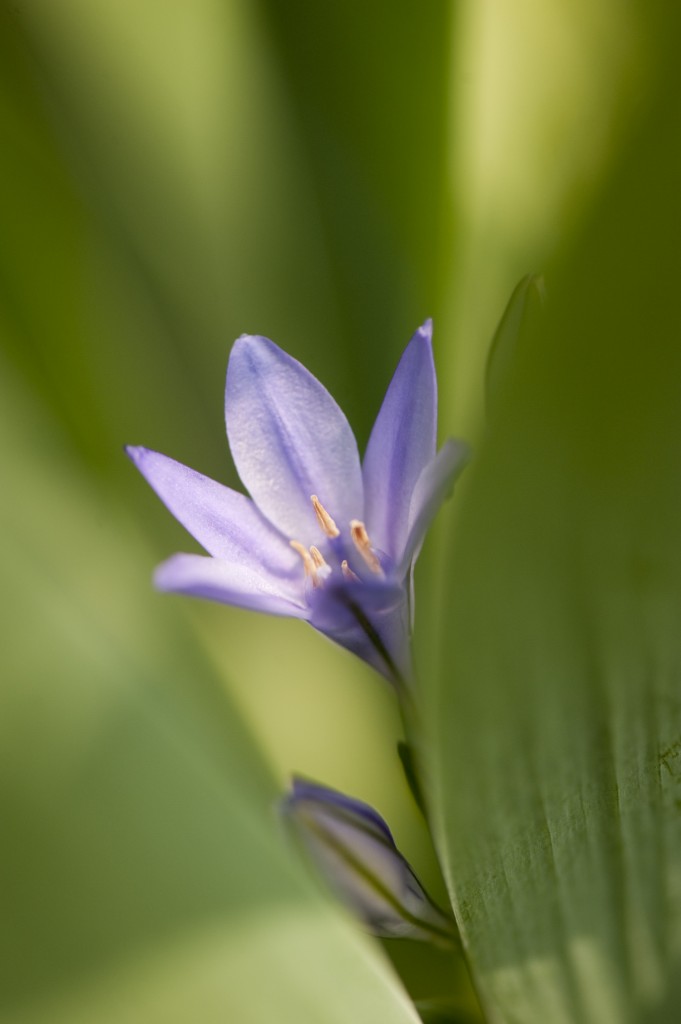
Triteleia laxa ‘Koningin Fabiola’ — Photo by Ivo M. Vermeulen
Posted in Around the Garden, Photography on June 12 2012, by Matt Newman

Photo by Ivo M. Vermeulen
Posted in Around the Garden, Photography on June 11 2012, by Matt Newman
It would be a crime if I kept overlooking what’s going on in the Home Gardening Center. I mean, yeah, the Peggy Rockefeller Rose Garden is a classic stunner, and you can’t miss the spotted foxglove of Giverny in the Conservatory right now, but the HGC is really putting on a show. Not bad for a “humble” spot by the Garden Café.

Photo by Ivo M. Vermeulen
Posted in Around the Garden, Photography on June 10 2012, by Matt Newman
Sorry, but there are no hammocks allowed in the Rock Garden, no matter how dreamy a spot it is for zenning out in a state of complete existential bliss. Our appreciation goes out once again to each and every one of you for supporting the NYBG in the Partners in Preservation competition. Because of you, this little paradise is set for rehabilitation that will preserve its ambiance for decades to come.
We’re pretty happy about that.
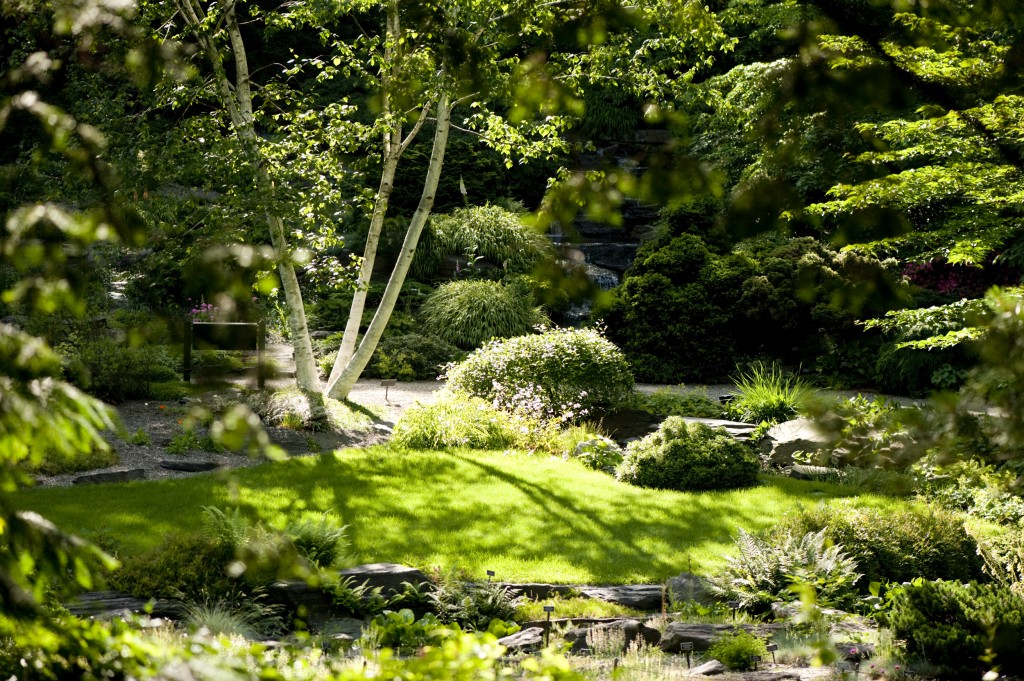
Photo by Ivo M. Vermeulen
Posted in Around the Garden, Photography, Wildlife on June 9 2012, by Matt Newman
Not quite a honey bee, is it? But this little syrphid fly, also known as a hover fly, is as good for a home garden as the buzzing insect it impersonates. Trade-off being that you won’t get any honey out of it (though the lack of a stinger makes up for the missing sweet stuff). Not only will the hover fly pollinate your flowers as it scoots about in search of nectar, but its larvae have a penchant for snacking on the aphids that would otherwise ruin your plants.
All told, stay your swatter if you happen to see one!
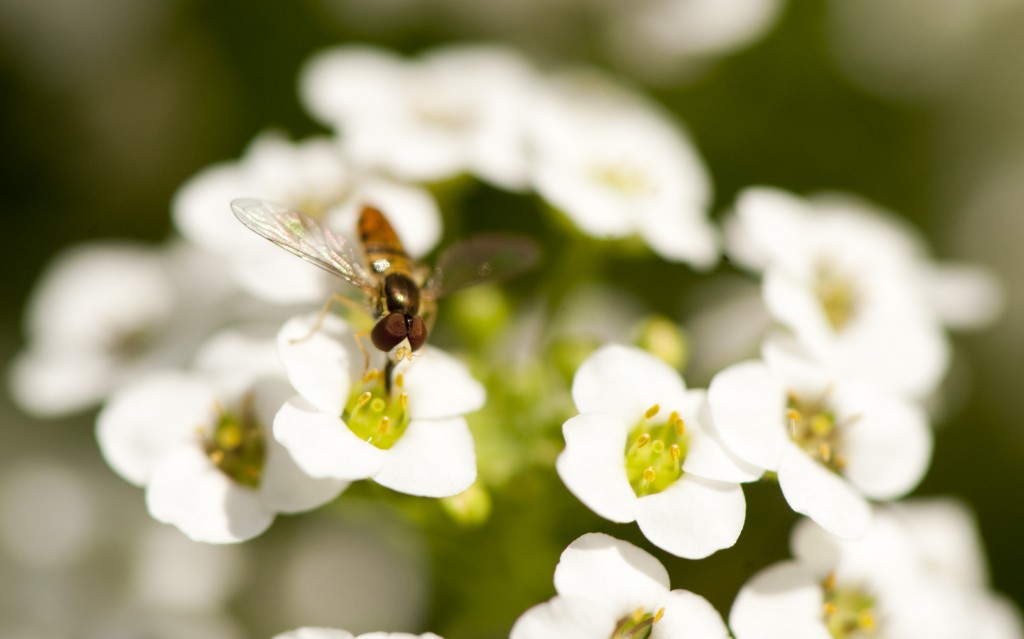
Syrphid fly on Lobularia ‘Snow Princess’ — Photo by Ivo M. Vermeulen
Posted in Around the Garden, Photography on June 8 2012, by Matt Newman
The Peggy Rockefeller Rose Garden may have the most stage presence, but off in the Earth-Kind® Rose Trial beds, understudies are practicing for their shot at the spotlight. These starlets aren’t pampered, either; they’re thriving without the chemical coddling that so many roses are notorious for.
When they’re done with their auditions (I’m really pushing the tasteful limits of this conceit, aren’t I?), those that make the cut could become available as choice breeds for rosarians frustrated with the tending trends of more high-maintenance varieties.
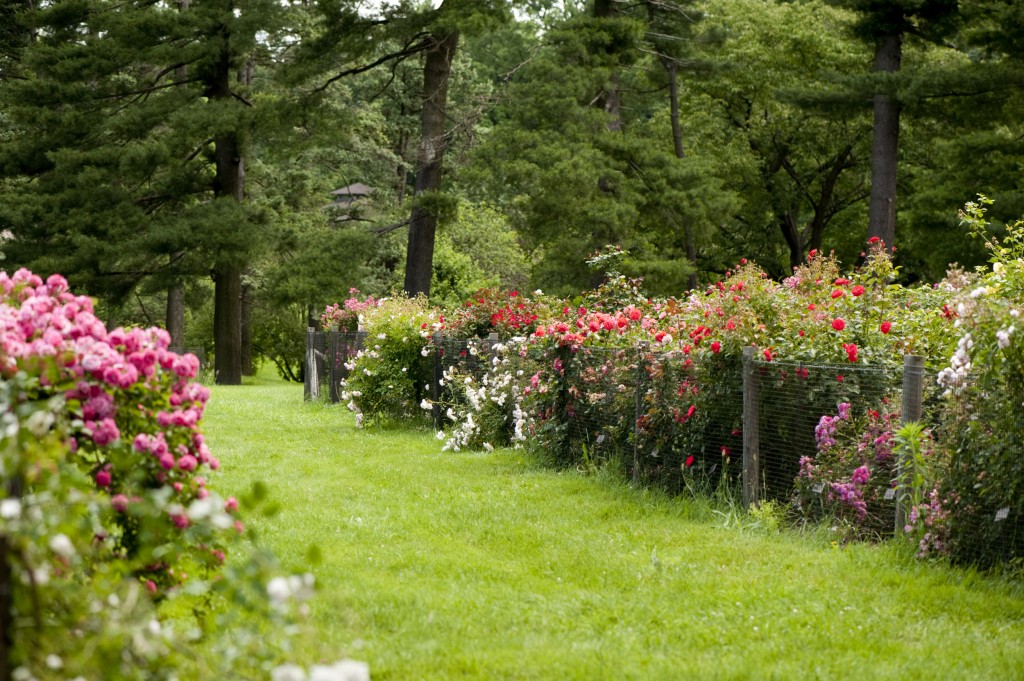
Photo by Ivo M. Vermeulen
Posted in Around the Garden, Photography on June 7 2012, by Matt Newman
The Ruth Rea Howell Family Garden may pique your appetite with its rows of arugula, fennel, and newly-settled tomato plants, but even the most practical plot benefits from a touch of border brightness.
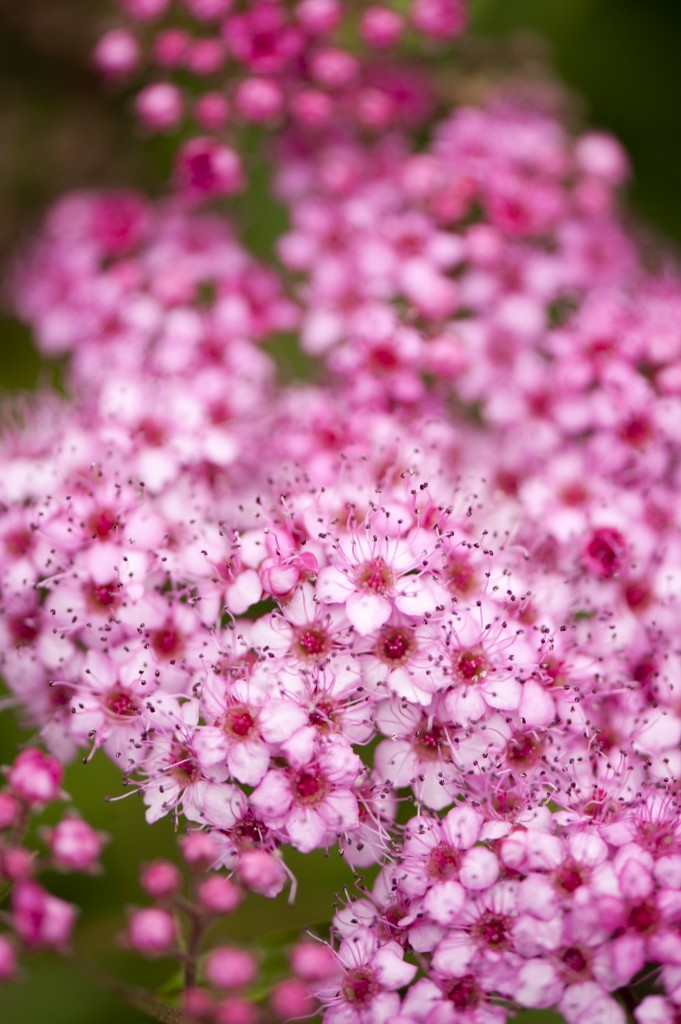
Spiraea japonica ‘Anthony Waterer’ — Photo by Ivo M. Vermeulen
Posted in Around the Garden, Photography on June 6 2012, by Matt Newman
Don’t stare too hard. Maybe you should defocus your eyes a bit. At just the right point of clarity, you’ll see the tumbled waters of the Bronx River frozen in the green-lit rocks.
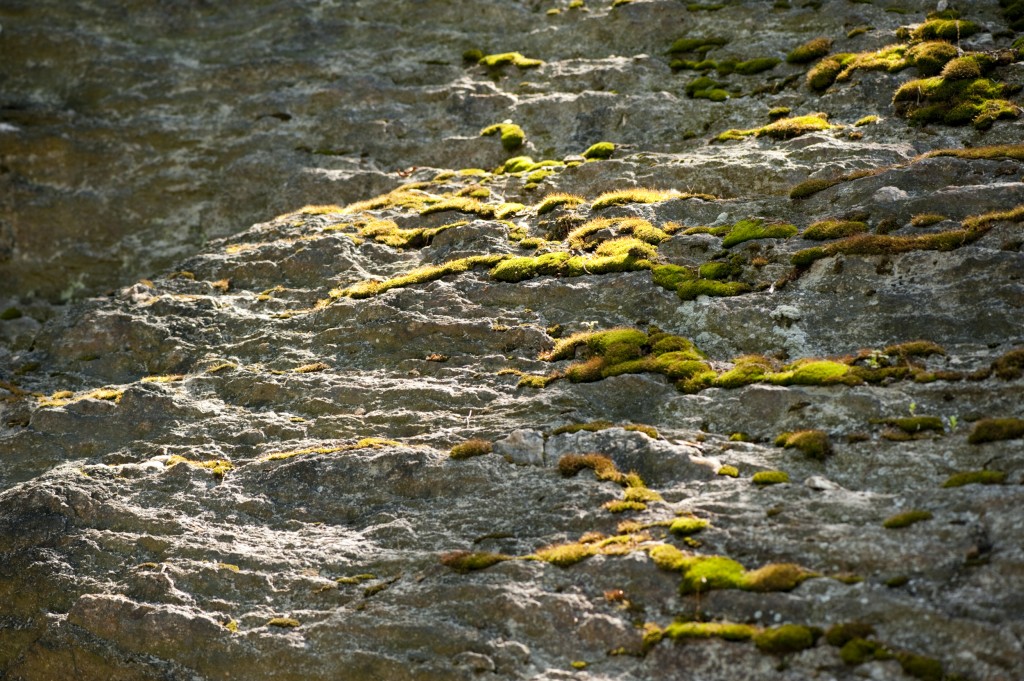
Photo by Ivo M. Vermeulen
Posted in Monet's Garden, Photography on June 4 2012, by Matt Newman
Mallarmé and Rimbaud live here. Their words, at least. Monet’s Garden, beyond Giverny, is about exploring Impressionism as a movement, dipping into the lyricism of the era’s Symbolist poets. You’ll find selections from some of Monet’s gifted contemporaries placed throughout the Perennial Garden.
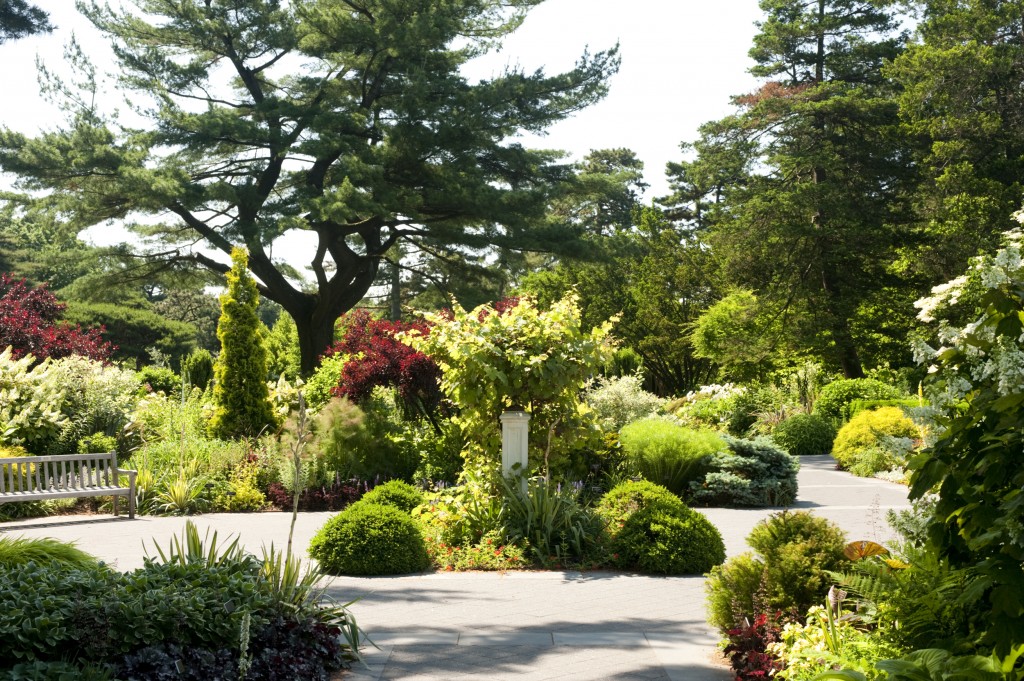
Photo by Ivo M. Vermeulen
Posted in Around the Garden, Photography on June 3 2012, by Matt Newman
Oh, c’mon, admit it: he’s cute. It’s lucky for our plants that he’s a Monarch, and only eats milkweed.
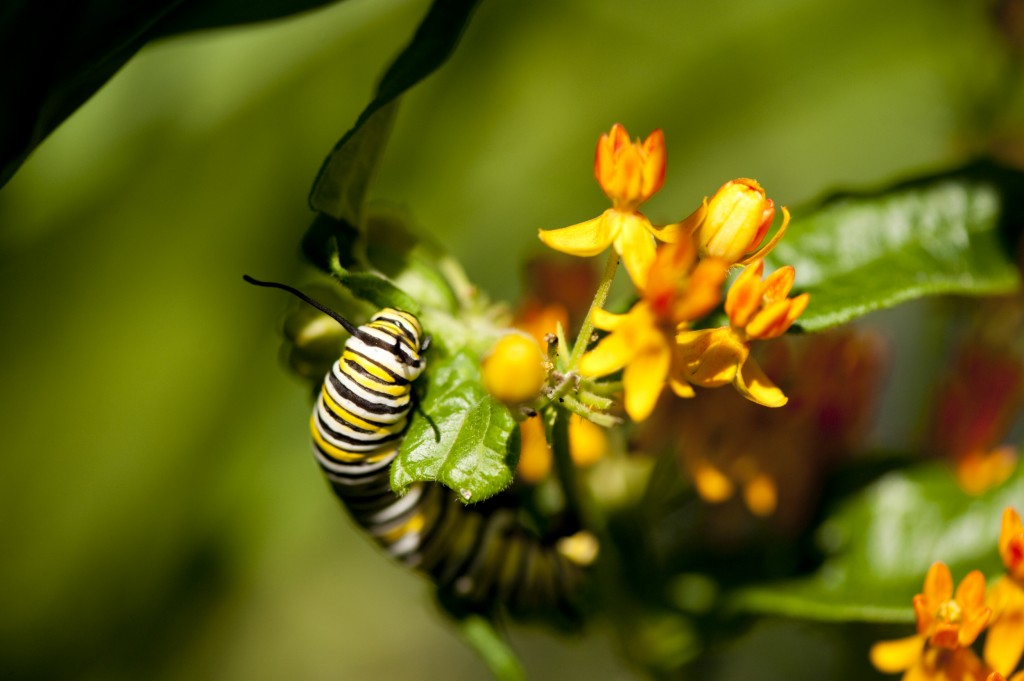
Photo by Ivo M. Vermeulen










